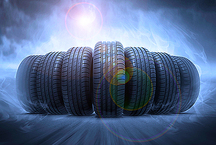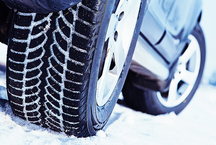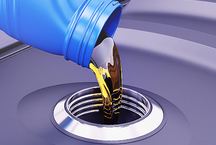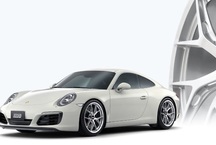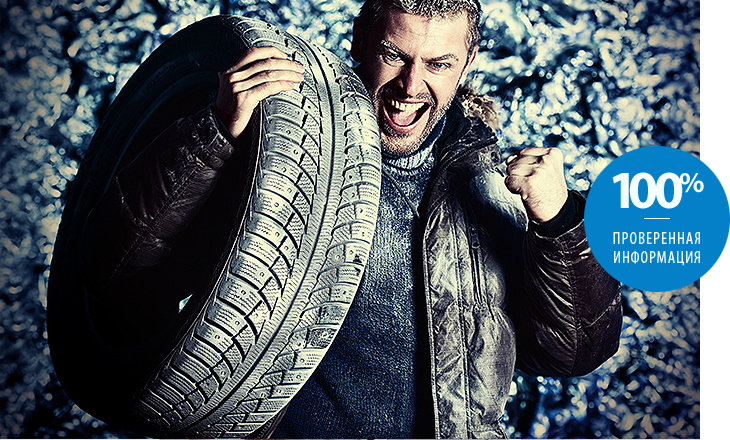
Probably, there is no such motorist, to whom at least once did not arise the question of purchasing automobile tires. After all, just like a person’s shoes, they wear out, and automobile tires gradually become useless. No matter how old your body, transmission, engine, tires should always be in perfect, technical condition and correspond to the current season.
Properly selected tires directly affect driving safety. Since the moment of car tire change during the off-season for many motorists arises unexpectedly, we will tell you how to prepare for it. We will also tell you what parameters and criteria should be used to choose tires so that you feel safe and only comfortable while traveling in your car.
All tires are different. by size, profile width, tread pattern and seasonality. To find out exactly what size you need, you can look at this information in the service book of your car. Or buy new tires of the same parameters that are already installed on your car. But remember that the sidewall of the wheel suffered as little as possible, it is necessary to buy tires of the minimum diameter allowed by the manufacturer.
Seasonality
Car tires change according to the season of use. Timely replacement is necessary both for the safety of the tires themselves and for safe driving conditions. Tires are divided into the following categories:
- Summer tires;
- Winter tires;
- All season tires.
Summer tires
Are intended for operation in a warm season when the ambient temperature does not fall below + 5 ° С in the afternoon. If the street is already much cooler, then the rubber hardens, the elasticity disappears, and the grip is lost. Manufacturers make summer tires from wear-resistant rubber and materials that allow them to develop high speed on hot asphalt.
Drawing on the tread of summer tires plays an important role. It is of the following types: with a directional tread pattern, non-directional and asymmetric.
- Directed drawing allows you to remove water from under the wheels as quickly as possible, which eliminates aquaplaning - the car almost does not lose controllability. But such tires must be installed correctly! When installing, pay attention to the word ROTATION, indicated on the tire itself in the form of an arrow indicating the direction of wheel movement. If you install a wheel with such a tire is not on its side, then an emergency situation may arise on a wet road.
- Undirected - the simplest and universal drawing, establish such tires on any party. Do not require certain conditions for installation. The most budget option. Great for dry road.
- Asymmetrical - a variant of the tire on which the tread pattern is divided into two parts. In the right part of the tread pattern for wet asphalt, on the left - for the dry. Since in the manufacture of such a tire, the inside is stiffer than the outside, the grip and road handling becomes noticeably better. The best option for summer tires, when in your region temperate continental climate. You can determine the asymmetrical version of the tire just by looking at it, because the pattern on the right and left sides will be different from each other. The tire label indicates Outside and Inside, or Side Facing Out and Side Facing Inwards, indicating the inside and outside of the tire. After installation, only one of the marking options should be visible.
Winter tires
Every year the moment comes when you have to change summer tires for winter ones.It should be operated when the air temperature is below + 5 ° C outside the window. The rubber of such a tire is soft, it does not harden when exposed to negative temperatures. Approaching the choice of such tires is necessary, strictly based on your weather conditions, because the winter in different regions of our country is different. When choosing such rubber, a mandatory parameter is zigzag slits (lamella) on the tread. They help to cling to the ice and rolled snow. Each manufacturer has at least one patent for a protector with such an element. Winter tires can be divided into the following classes:
- Studded tires;
- Lamelized rubber (in the people - "sticky").
Studded tires - equipped with spikes tire, created for the best traction in bad, snowy weather and on icy roads. In such conditions the best braking is provided. In the conditions of severe Russian winter they are the most demanded. However, they are the most noisy and quickly wear out on bare asphalt, when driving on it, spikes quickly fly out, of which on average one wheel is from 80 to 190 pieces. By the way, the owner of the record for the number of spikes is considered a tire size of 20555R16 from the company Nokian series Hakkapeliitta 8.
Here are some guidelines for using studded winter tires:
- New winter tires need running in, about 500 kilometers. It is necessary for the spikes to fall into place, in the direction of motion. At this time, sudden braking and a sharp start, as well as a sharp change in direction of movement, are not recommended. This will affect how long the spikes will hold in your wheel, whether they will fall out before the operational period.
- Buy studded tires, studded at the factory. Do not do it yourself.
Lamelized rubber or “Sticky” - The same winter tire, similar in quality and appearance, but featuring a complete lack of spikes on it. Due to the larger number of zigzag slots (lamellas), the grip is improved. The damage to the road surface, unlike studded tires, is minimal. On wet asphalt, velcro sticks to it, as it absorbs water better due to its soft rubber, which is part of it. At very low temperatures, it still does not dubeet and also works, but still loses on ice and snow. This tire should be used in regions with minimal winter precipitation.
All season tire
This tire can be used all year round, but only in conditions with a very favorable climate. Despite the fact that in the large metropolitan areas the streets are constantly cleared in winter, the weather is unpredictable. Therefore, you often do not know what awaits you tomorrow. In this regard, on account of the choice of all-season tires are constant controversy. There are both opponents and advocates of this type of tires. As they say, how many people, so many opinions.
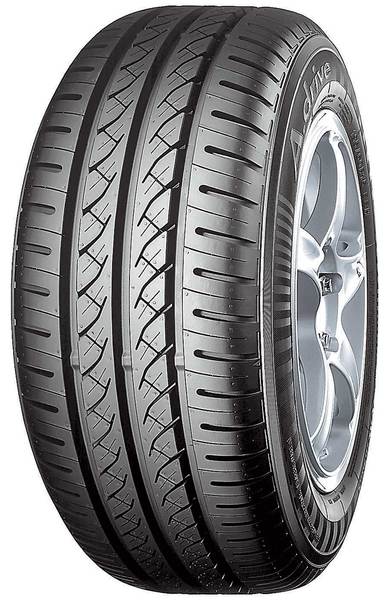
Other tire types
- Offroad tires - this type of tires has nothing to do with summer or winter type. This rubber is used specifically for movement in swampy, rough terrain. The protector is usually with a sparse pattern. Tires feel great on the roads, but on a flat track are not effective, as they have a long stopping distance and are quickly erased.
- Punctured tires more and more actively implemented by global brands. Inside these tires there is a special mass, which instantly seals the resulting hole with a diameter of up to 5 mm, not allowing air to be blown out of the wheel. And there is also the technology Run on Flat, in which the sidewalls are reinforced with a special compound that, when punctured, prevents the wheel from descending. So you can drive about 150 kilometers. Pay attention to the fact that different manufacturers designate similar technologies in their own way.
- Low profile tires - in such tires the ratio of the height of the profile to the width does not exceed 55%. Designed for dynamic and fast driving, but only on flat roads.The grip on such tires is great, respectively, and handling is better. Acceleration is faster, and the braking distance is reduced.
- Extended Range Bus it can be operated at temperatures from + 50 ° С to −15 ° С. This is a special summer tire capable of withstanding negative temperatures. It will be particularly relevant for all-season use in the southern expanses of our country, when the temperature in winter does not fall below -15 ° C. At the moment, it is very difficult to find such a tire on the market. One example of such a tire is the Michelin Energy XT 2.
With a camera or not?
Tires are chamber and tubeless. Chamber tire losing pressure almost instantly. The air comes out of it through the valve hole in the rim. And from tubeless tire air escapes only at the puncture site. If the hole is small, the air goes out very slowly. The tubeless type has long established itself in the market from the positive side, it is him who should choose for a car. Marked on the wheel as Tubeless.
How to “read” the tire
The marking on the tire at first glance is a collection of incomprehensible words, numbers and letters. Let's try to figure out what they mean.
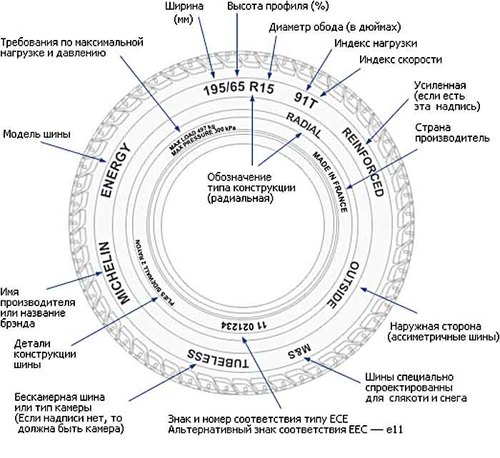
Load index testifies to the maximum weight of the car per one wheel. In the passport of any car, the recommended maximum load on the wheel is indicated and it is worth adhering to it, and if you want to take it with a margin, then you should not overdo it, a maximum of 30-35% of the recommended value. The load index may be different: starting with the designation 62, which speaks of the ability to withstand a load of 265 kg, ending with an index of 126, at which there is a tire that can withstand a 1,700-kilogram load.
The speed index in the form of a letter indicates the maximum speed limit for this tire: P - 150 km / h, Q - 160 km / h, R - 170 km / h, S - 180 km / h, T - 190 km / h, H - 210 km / h, V - 240 km / h, W - 270 km / h, Y - 300 km / h.
Important indicators when choosing a tire
Dry grip. This indicator determines the coupling and braking properties on a solid dry surface. It is influenced by the rubber composition, the tread pattern, and the size of the contact patch with the road. Of course, you will not find all this in tire marking. Here only the results of official tests can help.
Wet grip - is a characteristic of the behavior of the tire when braking on a wet road. The results of the assessment tests will also help.
Resistance to aquaplaning One of the most important indicators of tire quality, especially when driving at high speeds. Heavy rain and puddles on our roads are far from uncommon, and without a sufficient number of drainage channels, the tire will be difficult to cope with the removal of water from the contact patch, which means the tire will float and not go on the road and the car will become uncontrollable.
Wear resistance. First of all, this indicator depends on the operating conditions, driving style, camber angle, tire pressure, but nevertheless “shinniki” indicate the average tire mileage to the maximum tread wear.
Noise tires rather refers to comfort when driving, but you see, few people like the hum in the cabin.
Rolling resistance. In an era of total savings, tire manufacturers began to strive to reduce fuel consumption through this indicator. It depends on the composition of the rubber mixture, the construction of the frame and cannot be determined by eye or touch, but the leading manufacturers began to indicate the efficiency criterion in tire marking (signs E, Economy, Fuel saving).
popular manufacturers
Among the tire manufacturers are known such popular brands as Continental, Michelin, Nokian, Pierlli, Goodyear, Hancook, Yokohama, Brigestone and Kumho. They represent excellent quality with their name, since such manufacturers value their reputation. But it is worth noting that the price of their products is not small. Less expensive tires are available under brands such as Dunlop, Bfgoodrich, Nordman, Fulda and Gislaved. Despite the difference in names, all these firms are daughters of the above companies. Releasing tires of lower cost, they are trying to just as confidently take their place in the sun. Popular manufacturers in Russia are Amtel and Cordiant. Both of these companies are constantly improving their technology, their products are perfect for both budget Lada and middle class cars. The final choice always remains for the motorist, based on his personal preferences.
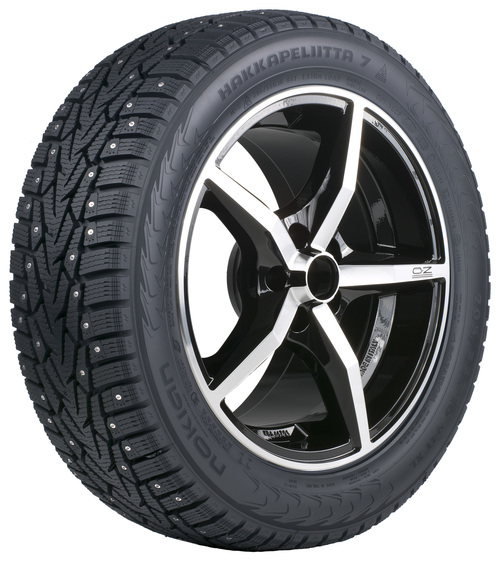
Useful tips
- It is necessary to buy tires only according to the place and time of operation. You need to know exactly where and in what conditions your car will be used, because for driving in city, rural and off-road conditions a different tread pattern is required.
- On what it is not worth saving, so it on purchase of all set of winter tires. Among motorists there is an opinion that it is possible to manage to replace the rubber only on the driving wheels. If you put them on a front wheel drive car, then you will undoubtedly get off the ground faster, but when braking, the back of the car will be driven from side to side. And if the tires are installed only on the rear wheels, driving such a car will be very difficult to change the direction of travel. In general, such operation is simply unsafe.
- You should not worry about summer tires, just make sure that there are identical wheels on one axle. Otherwise, this is a violation of Part 1 of Article 12.5 of the Code of Administrative Offenses.
